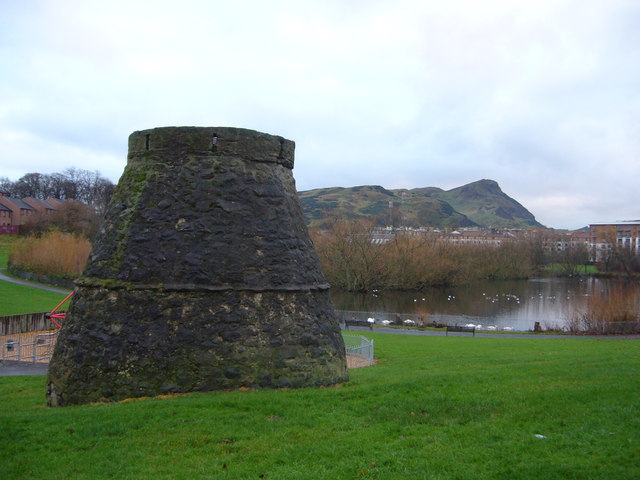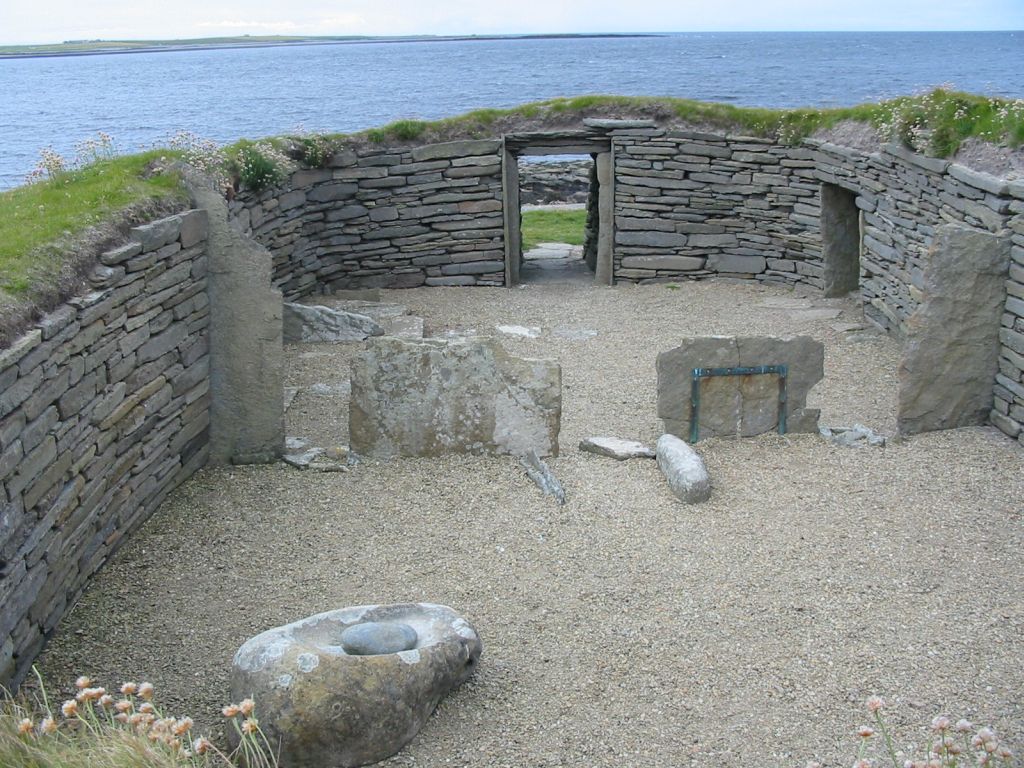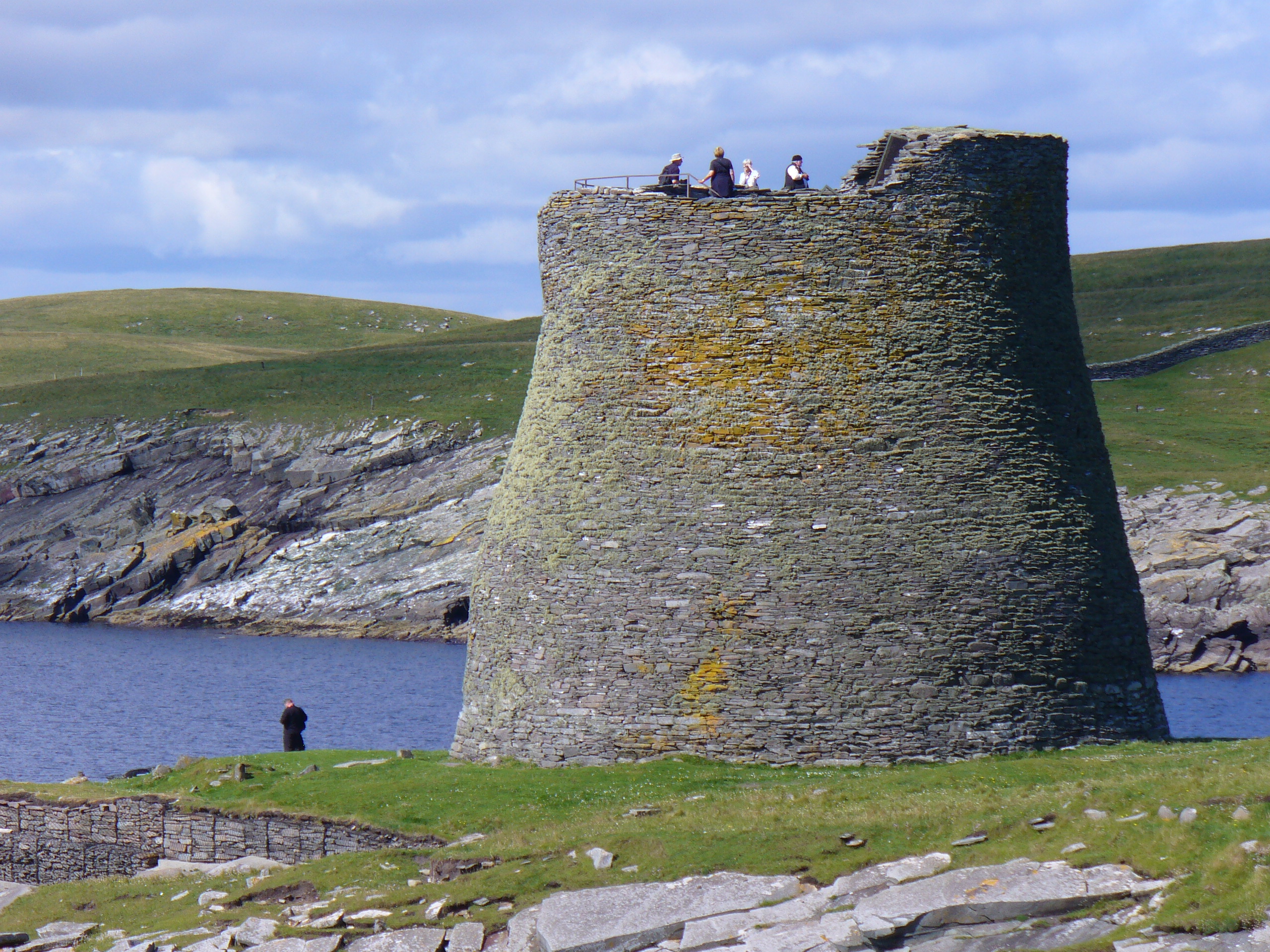|
Triduana
Saint Triduana, also known as Trodline, Tredwell, and in Proto-Norse language, Norse as Trøllhaena, was an early Christian woman, associated with various places in Scotland. She lived at an unknown time, probably between the 4th and 8th centuries AD. According to the 16th-century ''Aberdeen Breviary'', Triduana was born in the Greek city of Colosse, and travelled from Constantinople with Saint Regulus, Saint Rule, who brought the bones of Saint Andrew to Scotland in the 4th century AD. A pious woman, she settled at Rescobie near Forfar in Angus, Scotland, Angus, but her beauty attracted the attentions of a King of the Picts named Nechtan. The legend tells that to stall these unwanted attentions, Triduana tore out her own eyes and gave them to Nechtan. Afterwards, she was associated with curing eye disorders. She spent her later years in Restalrig, Lothian, and healed the blind who came to her. She was buried at Restalrig when she died. The 17th-century ''Acta Sanctorum'' records ... [...More Info...] [...Related Items...] OR: [Wikipedia] [Google] [Baidu] |
Restalrig
Restalrig ( ) is a small residential suburb of Edinburgh, Scotland (historically, an estate and independent parish). It is located east of the city centre, west of Craigentinny and to the east of Lochend, Edinburgh, Lochend, both of which it overlaps. Restalrig Road is the main route through the area, running from London Road, at Jock's Lodge, to Leith Links. It is in the ward of Lochend. History and buildings The place name ''Restalrig'' means ''ridge of the miry land'' (from ''lestal'', a northern dialect term meaning ''mire'' and ''rig'', Scots and northern English meaning a linear field or land-holding). It is first mentioned as Lestalric in 1165, when Edward de Lestalric built a church on the site. The church was completed in 1210 by his grandson, Sir Thomas de Lestalric. The area, over the following centuries, is variously named as Lestalryk, Restalric or Rastalrig. The Normans, Norman noble family the de Lestalrics were the ancient landowners in the area (including ne ... [...More Info...] [...Related Items...] OR: [Wikipedia] [Google] [Baidu] |
Saint Regulus
Saint Regulus or Saint Rule (Old Irish: ''Riagal'') was a legendary 4th century monk or bishop of Patras, Greece who in AD 345 is said to have fled to Scotland with the bones of Saint Andrew, and deposited them at St Andrews. His feast day in the Aberdeen Breviary is 17 October. Biography The details of Saint Regulus' life are unclear and differ in the several extant accounts. Saint Regulus was a monk or bishop of the city of Patras, in present-day Greece, then part of the Roman Empire. In AD 345 Regulus was told by an angel in a visionary dream that the Emperor Constantine had decided to remove Saint Andrew's relics from Patras to Constantinople, and in some retellings that Constantine was about to invade Patras. For safekeeping Regulus was to move as many bones as far away as he could to the western ends of the earth, where he should found a church dedicated to St Andrew. He was accompanied on his voyage by a number of consecrated virgins, among these Saint Triduana. ... [...More Info...] [...Related Items...] OR: [Wikipedia] [Google] [Baidu] |
Papa Westray
Papa Westray () (), also known as Papay, is one of the Orkney Islands in Scotland, United Kingdom. The fertile soilKeay, J. & Keay, J. (1994) ''Collins Encyclopaedia of Scotland''. London. HarperCollins. has long been a draw to the island. Attractions on the island include Holland House with an associated folk museum and the Knap of Howar Neolithic farmstead run by Historic Scotland. It is the ninth largest of the Orkney Islands with an area of . The island's population was 90 as recorded by the 2011 census, an increase of over 35% since 2001 when there were only 65 usual residents. During the same period, Scottish island populations as a whole grew by 4% to 103,702. Infrastructure Orkney Ferries sail from Papa Westray to Pierowall's Gill Pier. Twice a week (on Tuesday and Friday) the or provide a direct service to and from Kirkwall on the Orkney Mainland, also serving either Rapness on Westray, or North Ronaldsay. There are also occasional summer Sunday excu ... [...More Info...] [...Related Items...] OR: [Wikipedia] [Google] [Baidu] |
Catholic Church
The Catholic Church (), also known as the Roman Catholic Church, is the List of Christian denominations by number of members, largest Christian church, with 1.27 to 1.41 billion baptized Catholics Catholic Church by country, worldwide as of 2025. It is among the world's oldest and largest international institutions and has played a prominent role in the history and development of Western civilization.Gerald O'Collins, O'Collins, p. v (preface). The church consists of 24 Catholic particular churches and liturgical rites#Churches, ''sui iuris'' (autonomous) churches, including the Latin Church and 23 Eastern Catholic Churches, which comprise almost 3,500 dioceses and Eparchy, eparchies List of Catholic dioceses (structured view), around the world, each overseen by one or more Bishops in the Catholic Church, bishops. The pope, who is the bishop of Rome, is the Papal supremacy, chief pastor of the church. The core beliefs of Catholicism are found in the Nicene Creed. The ... [...More Info...] [...Related Items...] OR: [Wikipedia] [Google] [Baidu] |
Harald Maddadsson
Harald Maddadsson (Old Norse: ''Haraldr Maddaðarson'', Gaelic: ''Aralt mac Mataid'') (c. 1134 – 1206) was Earl of Orkney and Mormaer of Caithness from 1139 until 1206. He was the son of Matad, Mormaer of Atholl, and Margaret, daughter of Earl Haakon Paulsson of Orkney. Of mixed Norse and Gaelic blood, and a descendant of Scots kings, he was a significant figure in northern Scotland, and played a prominent part in Scottish politics of the twelfth century. The ''Orkneyinga Saga'' names him one of the three most powerful Earls of Orkney along with Sigurd Eysteinsson and Thorfinn Sigurdsson.''Orkneyinga Saga'', c. 112. Background In the early twelfth century, the Earldom of Orkney, although weakened since the time of Earl Thorfinn, remained in control of Caithness and was dominant in Sutherland and parts of the Outer Hebrides. Thus the succession of the earldom was of great interest to the Scots king David I. The marriage of Matad and Margaret is believed to have ta ... [...More Info...] [...Related Items...] OR: [Wikipedia] [Google] [Baidu] |
The Orkney Museum
The Orkney Museum, formerly Tankerness House Museum, is a history museum in Kirkwall, Orkney, Scotland. Run by Orkney Islands Council, the museum covers the history of the Orkney Islands from the Stone Age through the Picts and Vikings to the present day. The museum was founded in 1968 as Tankerness House Museum and in 1999 changed its name to The Orkney Museum. Items in the collection include the Viking 'dragon' whalebone plaque from the Scar boat burial, a Pictish symbol stone from the Knowe of Burrian, and the wooden box in which the remains of Saint Magnus Erlendsson were kept. Tankerness House The museum is housed within Tankerness House, a Category A listed former townhouse complex centred around a courtyard and sited opposite St Magnus Cathedral in central Kirkwall. The house is considered one of the most important early townhouses in Scotland. The earliest parts of the building (the north and south wings) were constructed in the 1530s as two separate houses that s ... [...More Info...] [...Related Items...] OR: [Wikipedia] [Google] [Baidu] |
National Museum Of Antiquities Of Scotland
The National Museum of Scotland in Edinburgh, Scotland, is a museum of Scottish history and culture. It was formed in 2006 with the merger of the new Museum of Scotland, with collections relating to Scottish antiquities, culture and history, and the adjacent Royal Scottish Museum (opened in 1866 as the Edinburgh Museum of Science and Art, renamed in 1904, and for the period between 1985 and the merger named the Royal Museum of Scotland or simply the Royal Museum), with international collections covering science and technology, natural history, and world cultures. The two connected buildings stand beside each other on Chambers Street, by the junction with the George IV Bridge, in central Edinburgh. The museum is part of National Museums Scotland and admission is free. The two buildings retain distinctive characters: the Museum of Scotland is housed in a modern building opened in 1998, while the former Royal Museum building was begun in 1861 and partially opened in 1866, with ... [...More Info...] [...Related Items...] OR: [Wikipedia] [Google] [Baidu] |
Broch
In archaeology, a broch is an British Iron Age, Iron Age drystone hollow-walled structure found in Scotland. Brochs belong to the classification "complex Atlantic roundhouse" devised by Scottish archaeologists in the 1980s. Brochs are roundhouse buildings found throughout Atlantic Scotland. The word broch is derived from the Scots language, Lowland Scots 'brough', meaning fort. In the mid-19th century, Scottish antiquaries called brochs 'burgs', after Old Norse borg, with the same meaning. Brochs are often referred to as Dun (fortification), dùns in the west, and they are the most spectacular of a complex class of buildings found in northern Scotland. There are approximately 571 candidate broch sites throughout the country, according to the Royal Commission on the Ancient and Historical Monuments of Scotland. The origin of brochs is still subject to ongoing research. While most archaeologists believed 80 years ago that brochs were built by immigrants, there is now little do ... [...More Info...] [...Related Items...] OR: [Wikipedia] [Google] [Baidu] |
Orkney
Orkney (), also known as the Orkney Islands, is an archipelago off the north coast of mainland Scotland. The plural name the Orkneys is also sometimes used, but locals now consider it outdated. Part of the Northern Isles along with Shetland, Orkney is 10 miles (16 km) north of Caithness and has about 70 islands, of which 20 are inhabited.Haswell-Smith (2004) pp. 336–403. The largest island, the Mainland, Orkney, Mainland, has an area of , making it the List of islands of Scotland, sixth-largest Scottish island and the List of islands of the British Isles, tenth-largest island in the British Isles. Orkney's largest settlement, and also its administrative centre, is Kirkwall. Orkney is one of the 32 Subdivisions of Scotland, council areas of Scotland, as well as a Orkney (Scottish Parliament constituency), constituency of the Scottish Parliament, a Lieutenancy areas of Scotland, lieutenancy area, and an counties of Scotland, historic county. The local council is Orkney I ... [...More Info...] [...Related Items...] OR: [Wikipedia] [Google] [Baidu] |
Sutherland
Sutherland () is a Counties of Scotland, historic county, registration county and lieutenancy areas of Scotland, lieutenancy area in the Scottish Highlands, Highlands of Scotland. The name dates from the Scandinavian Scotland, Viking era when the area was ruled by the Jarl of Orkney; although Sutherland includes some of the northernmost land on the island of Great Britain, it was called ' ("southern land") from the standpoint of Orkney and Caithness. From the 13th century, Sutherland was a provincial lordship, being an earldom controlled by the Earl of Sutherland. The earldom just covered the south-eastern part of the later county. A Shires of Scotland, shire called Sutherland was created in 1633, covering the earldom of Sutherland and the neighbouring provinces of Assynt to the west and Strathnaver to the north. Shires gradually eclipsed the old provinces in administrative importance, and also become known as counties. The county is generally rural and sparsely populated. Suth ... [...More Info...] [...Related Items...] OR: [Wikipedia] [Google] [Baidu] |
Caithness
Caithness (; ; ) is a Shires of Scotland, historic county, registration county and Lieutenancy areas of Scotland, lieutenancy area of Scotland. There are two towns, being Wick, Caithness, Wick, which was the county town, and Thurso. The county includes the northernmost point of mainland Britain at Dunnet Head, and also the most north-easterly point at Duncansby Head near John o' Groats. The Flow Country is the largest blanket bog in Europe, and covers a large inland area in the west of the county. Caithness has a land boundary with the historic county of Sutherland to the west and is otherwise bounded by sea. The land boundary follows a drainage divide, watershed and is crossed by two roads (the A9 road (Great Britain), A9 and the A836 road, A836) and by one railway (the Far North Line). Across the Pentland Firth, ferries link Caithness with Orkney, and Caithness also has an airport at Wick, Highland, Wick. The Pentland Firth island of Stroma, Scotland, Stroma is within Caithne ... [...More Info...] [...Related Items...] OR: [Wikipedia] [Google] [Baidu] |







